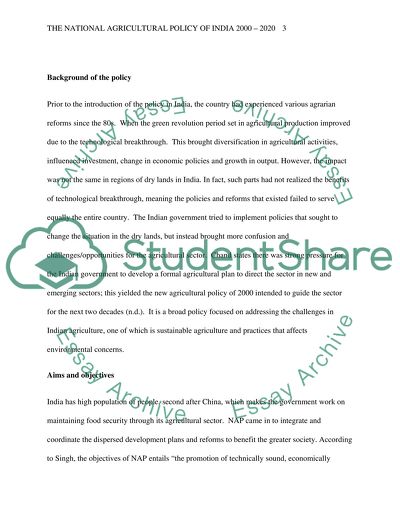Cite this document
(“Governance for Environmental Sustainability - Policy Analysis Essay”, n.d.)
Retrieved from https://studentshare.org/miscellaneous/1661334-governance-for-environmental-sustainability-policy-analysis
Retrieved from https://studentshare.org/miscellaneous/1661334-governance-for-environmental-sustainability-policy-analysis
(Governance for Environmental Sustainability - Policy Analysis Essay)
https://studentshare.org/miscellaneous/1661334-governance-for-environmental-sustainability-policy-analysis.
https://studentshare.org/miscellaneous/1661334-governance-for-environmental-sustainability-policy-analysis.
“Governance for Environmental Sustainability - Policy Analysis Essay”, n.d. https://studentshare.org/miscellaneous/1661334-governance-for-environmental-sustainability-policy-analysis.


